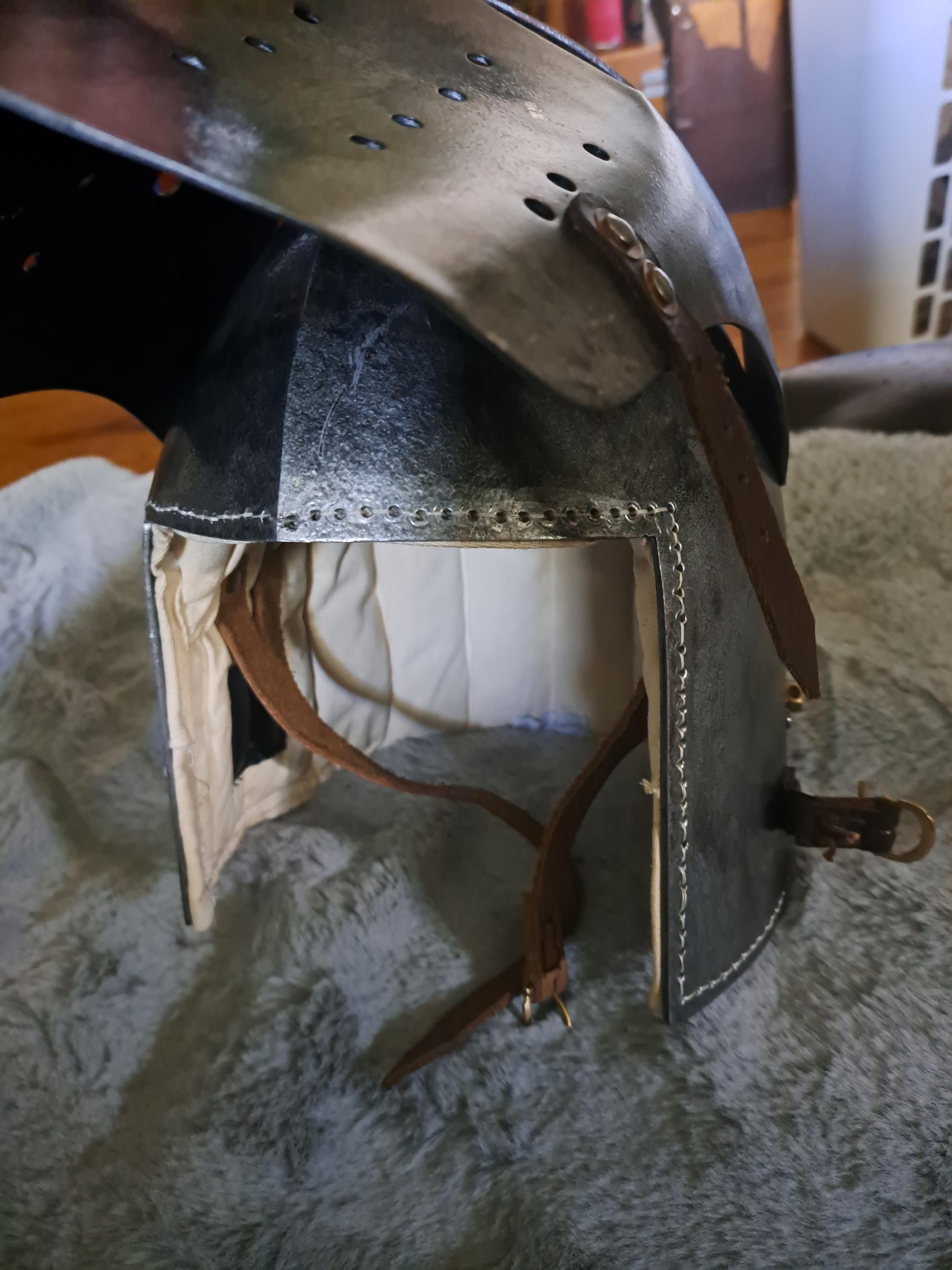this post was submitted on 04 Oct 2023
228 points (96.7% liked)
pics
19682 readers
531 users here now
Rules:
1.. Please mark original photos with [OC] in the title if you're the photographer
2..Pictures containing a politician from any country or planet are prohibited, this is a community voted on rule.
3.. Image must be a photograph, no AI or digital art.
4.. No NSFW/Cosplay/Spam/Trolling images.
5.. Be civil. No racism or bigotry.
Photo of the Week Rule(s):
1.. On Fridays, the most upvoted original, marked [OC], photo posted between Friday and Thursday will be the next week's banner and featured photo.
2.. The weekly photos will be saved for an end of the year run off.
Instance-wide rules always apply. https://mastodon.world/about
founded 1 year ago
MODERATORS
you are viewing a single comment's thread
view the rest of the comments
view the rest of the comments


Number one, that's some seriously good craftsmanship. I love this. It looks so cool and detailed. Number two, I have zero knowledge about the historical way these were done, so apologies for a very ignorant question. Did metal suits of armor have padding like this? It occurs to me that it makes total sense to have padding, but I don't recall ever seeing "historical" preserved pieces with padding like this. Was that the norm? Either way, that's the type of helmet I'd want. Looks beautiful.
So I did not make this helmet, but what I bought was an unwearable, unhistoric shell of metal. Had to remove the strap that was riveted inside the helmet because it was mounted so far back that it would strangle you if you were to try to wear it. Had to drill out holes and install with the help of a friend, vervelles (the brass fittings around the back of the helmet) that I bought. Then I had to purchase a liner for the helmet, which needed to be modified to fit this helmet. I also riveted the strap into the liner itsself so it could be worn comfortably. Then with the help of a friend, drilled out all of the holes adound the helmet so the liner could be sewn in. Had to chamfer/deburr every single hole inside and out. Now I am sewing in the liner and it's coming along nicely!
This particular helmet is roughly 13th century and is called a bascinet, specifically a "wenzel" bascinet as it's seen depicted in the Wenzel Bible. Typically these helmets are worn with a chainmail aventail which protects the neck and shoulders. It attaches to the helmet by those little brass fittings called vervelles. I don't have one yet.
My other helmets are 12th century "Great helms" which are the types tbat are typically referred to as crusader helmets. Those would be worn with a padded arming cap and a chainmail coif, followed by the helm itsself. Often they would be worn with another helmet typically a lower profile basinet in addition to the padded cap and maille coif. It's a lot lol.
To answer your question about armor and padding:
Yes, and of course it did depend on the type of armor worn. Early 13th/12th century armors that that were worn by the crusaders were basically just chainmail would have padded garments worn under the maille called gambesons. The armor evolved to brigandines (coats of plate) then plate armor. Later in the 15th century, once full plate cuirasses were the norm for knights, it would be worn over what's called an arming doublet which would have chainmail "voiders" under the arms to help protect the gaps there. Chainmail skirts would also be worn to help protect some gaps below the waist as well.
I'm no expert at ALL, so if I am wrong on any of this, someone please correct me. I like learning more.
I also did a stream where I put on all of my armor if that's something you are interested in. Audio is scuffed and out of sync on the vod, but it's something!
Woo history!
Also, the reason you don't ever really see the cloth bits of a suit of armor in museums is that they have mostly disintegrated over the centuries, so there isn't much there aside from what can be learned from medieval artwork and manuscripts.